| Andy's Tire Service "Our service goes a long way!" |
| Ballast Volume and Weight Volume and weight are calculated with the valve at its highest position and liquid filled to that level. This will be approximately 75%. The 3 pound calcium chloride per gallon of water solution is slush-free to -12F and solid at -52F. 5 lb/gal solution is slush-free to -53F and solid at -63F. Considerable heat is generated when mixing CaCl 2 and water. Always add the CaCl2 to the water rather than water to the CaCl2.
|
| Tire Size |
| Water | 3 lb/gal CaCl2 | 5 lb/gal CaCl2 |
|
| Gallons | Pounds | Pounds | Pounds |
| 4. | 2 | 17 | 24 | 27 |
| 5.00-15 | 4 | 33 | 35 | 40 |
| 5.50-16 | 5 | 42 | 47 | 53 |
| 5.90-15 | 5 | 42 | 47 | 53 |
| 6. | 6 | 50 | 60 | 67 |
| 6.50-16 | 7 | 58 | 71 | 74 |
| 7.5L-15 |
8.5 | 71 | 82 | 93 |
| 9.5L-15 | 11 | 92 | 112 | 120 |
| 10. | 18 | 150 | 189 | 200 |
| 11L-15 | 14 | 117 | 142 | 147 |
| 12.5L-15 | 19 | 158 | 189 | 200 |
| 13.50-16.1 | 35 | 292 | 355 | 387 |
| 14L-16. | 28 | 233 | 284 | 307 |
| 16.5L-16.1 | 41 | 342 | 414 | 440 |
| 19L-16.1 | 55 | 459 | 556 | 600 |
| 21.5L-16.1 | 68 | 567 | 687 | 734 |
| 7. | 11 | 92 | 112 | 120 |
| 8.3-24 | 13 | 108 | 131 | 133 |
| 9.5-16 | 12 | 100 | 118 | 133 |
| 9.5-24 | 17 | 142 | 178 | 187 |
| 9.5-36 | 24 | 200 | 249 | 267 |
| 9. | 28 | 233 | 284 | 307 |
| 11.2-24 | 24 | 200 | 237 | 253 |
| 11.2-28 | 27 | 225 | 284 | 293 |
| 11.2-34 | 32 | 267 | 331 | 347 |
| 11. | 24 | 283 | 344 | 360 |
| 11.2-38 | 35 | 292 | 355 | 387 |
| 12.4-16 | 21 | 175 | 213 | 227 |
| 12.4-24 | 30 | 250 | 308 | 333 |
| 12. | 35 | 292 | 355 | 374 |
| 12.4-36 | 42 | 350 | 426 | 453 |
| 12.4-42 | 48 | 400 | 486 | 520 |
| 13.6-16.1 | 31 | 258 | 308 | 333 |
| 13.6-24 | 38 | 317 | 379 | 400 |
| 13. | 43 | 359 | 439 | 467 |
| 13.6-38 | 57 | 475 | 581 | 614 |
| 13.9-36 | 51 | 425 | 521 | 560 |
| 14.9-24 | 47 | 392 | 474 | 507 |
| 14.9-26 | 48 | 400 | 486 | 520 |
| 14. | 53 | 442 | 545 | 574 |
| 14.9-30 | 57 | 475 | 568 | 614 |
| 14.9-38 | 67 | 559 | 675 | 720 |
| 15.5-38 | 66 | 550 | 663 | 707 |
| 16.9-24 | 61 | 509 | 616 | 654 |
| 16. | 65 | 542 | 663 | 694 |
| 16.9-28 | 69 | 575 | 699 | 747 |
| 16.9-30 | 73 | 609 | 746 | 787 |
| 16.9-34 | 82 | 684 | 829 | 880 |
| 16.9-38 | 90 | 751 | 912 | 974 |
| 17. | 55 | 459 | 557 | 600 |
| 18.4-16.1 | 49 | 409 | 497 | 520 |
| 18.4-24 | 74 | 617 | 758 | 800 |
| 18.4-26 | 79 | 659 | 805 | 854 |
| 18.4-28 | 84 | 701 | 852 | 907 |
| 18. | 89 | 742 | 912 | 960 |
| 18.4-34 | 100 | 834 | 1007 | 1081 |
| 18.4-38 | 110 | 917 | 1113 | 1187 |
| 18.4-42 | 115 | 959 | 1160 | 1240 |
| 19.5L-24 | 69 | 575 | 710 | 747 |
| 20. | 128 | 1068 | 1291 | 1374 |
| 20.8-38 | 140 | 1168 | 1420 | 1521 |
| 20.8-42 | 148 | 1234 | 1503 | 1600 |
| 21L-24 | 87 | 725 | 876 | 934 |
| 23.1-26 | 128 | 1068 | 1291 | 1374 |
| 23. | 143 | 1193 | 1456 | 1547 |
| 23.1-34 | 159 | 1326 | 1610 | 1708 |
| 24.5-32 | 170 | 1418 | 1729 | 1841 |
| 28L-26 | 157 | 1309 | 1587 | 1694 |
| 30.5L-32 | 217 | 1809 | 2202 | 2347 |
| 35. | 313 | 2609 | 3172 | 3388 |
Our exclusive hydroflation equipment package makes our product easy to use and hassle free when filling the tire and when you have to remove the ballast from the tire. We provide our dealers with the tank, pump and metering equipment, along with hoses and equipment needed to fill all types of tires. Because we own this system, we insist that only Citrastar be used in this equipment.
In addition, the Ag Databook has some helpful information. In particular, once the PDF file opens, go to the information on page 142 (PDF page, not the actual document page), “Procedures for Filling & Removing Solution.”
| Tire Size | Gallons of Citrastar | Weight (lbs.) | Ounces of Inhibiguard per Tire |
|---|---|---|---|
8.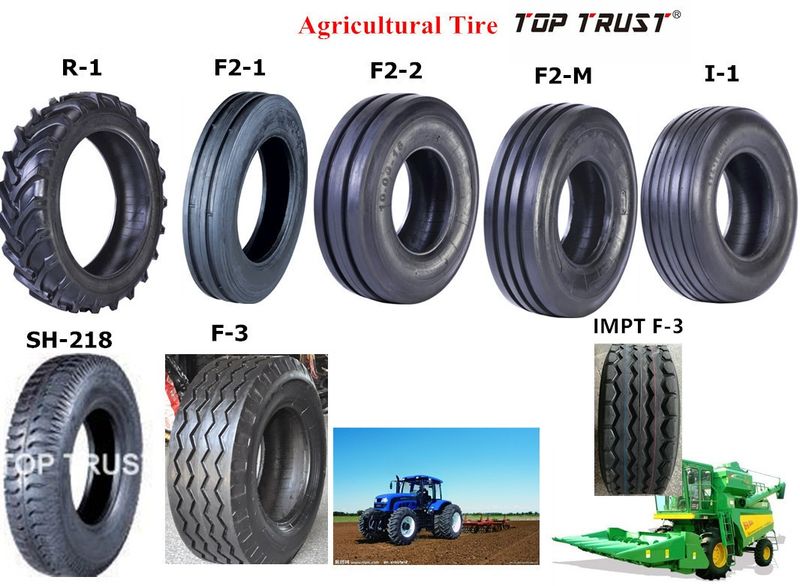 3 - 24 3 - 24 | 13 | 139.1 | 17 |
| 9.5 - 16 | 12 | 128.4 | 22 |
| 9.5 - 24 | 17 | 181.9 | 22 |
| 9.5 - 32 | 22 | 235.4 | 22 |
| 9.5 - 36 | 25 | 267.5 | 22 |
| 9.5 - 42 | 29 | 310.3 | 22 |
| 11.2 - 24 | 24 | 256.8 | 31 |
| 11.2 - 28 | 27 | 288.9 | 31 |
| 11.2 - 36 | 35 | 374.5 | 31 |
| 11.2 - 36 | 36 | 385.2 | 31 |
| 12.4 - 24 | 30 | 321 | 38 |
| 12.4 - 28 | 35 | 374.5 | 38 |
| 12.4 - 36 | 44 | 470.8 | 38 |
| 12.4 - 38 | 46 | 492.2 | 38 |
| 12.4 - 42 | 51 | 545.7 | 38 |
| 12.4 - 46 | 53 | 567.1 | 38 |
12.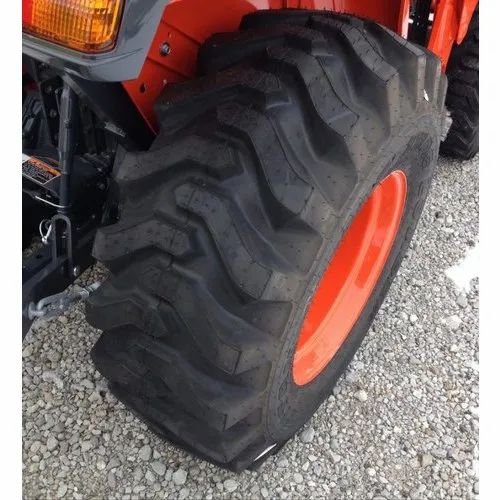 4 - 54 4 - 54 | 58 | 620.6 | 38 |
| 13.6 - 24 | 38 | 406.6 | 46 |
| 13.6 - 26 | 40 | 428 | 46 |
| 13.6 - 28 | 43 | 460.1 | 46 |
| 13.6 - 38 | 57 | 609.9 | 46 |
| 13.6 - 46 | 65 | 695.5 | 46 |
| 13.9 - 36 | 51 | 545.7 | 48 |
| 14.9 - 24 | 47 | 502.9 | 55 |
| 14.9 - 26 | 48 | 513.6 | 55 |
| 14.9 - 28 | 53 | 567.1 | 55 |
| 14.9 - 30 | 57 | 609.9 | 55 |
| 14.9 - 34 | 63 | 674.1 | 55 |
| 14.9 - 38 | 67 | 716.9 | 55 |
| 14.9 - 46 | 80 | 856 | 55 |
| 15.5 - 38 | 66 | 706.2 | 59 |
| 16.9 - 24 | 61 | 652.7 | 71 |
16.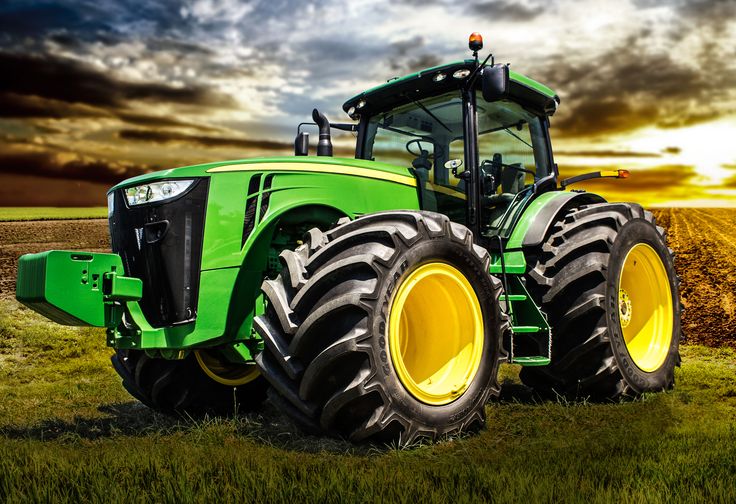 9 - 26 9 - 26 | 65 | 695.5 | 71 |
| 16.9 - 28 | 69 | 738.3 | 71 |
| 16.9 - 30 | 73 | 781.1 | 71 |
| 16.9 - 34 | 82 | 877.4 | 71 |
| 16.9 - 38 | 90 | 963 | 71 |
| 17.5L - 55 | 55 | 588.5 | 76 |
| 13.6 - 31 | 31 | 331.7 | 46 |
| 18.4 - 16.1 | 49 | 524.3 | 84 |
| 18.4 - 24 | 74 | 791.8 | 84 |
| 18.4 - 25 | 79 | 845.8 | 84 |
| 18.4 - 28 | 84 | 898.8 | 84 |
| 18.4 - 30 | 89 | 952.3 | 84 |
| 18.4 - 34 | 100 | 1070 | 84 |
| 18.4 - 38 | 110 | 1177 | 84 |
| 18.4 - 42 | 115 | 1230.5 | 84 |
| 18.4 - 46 | 129 | 1380.3 | 84 |
19.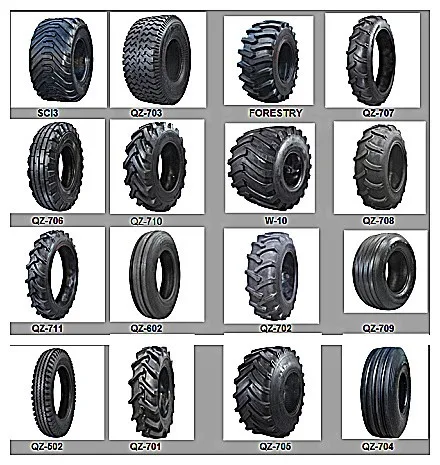 5L - 24 5L - 24 | 69 | 738.3 | 94 |
| 20.8 - 34 | 128 | 1369.6 | 107 |
| 20.8 - 38 | 140 | 1498 | 107 |
| 20.8 - 42 | 148 | 1383.6 | 107 |
| 21L - 24 | 87 | 930.9 | 109 |
| 21.5L - 16.1 | 87 | 716.9 | 114 |
| 23.1 - 26 | 128 | 1369.6 | 132 |
| 23.1 - 30 | 143 | 1530.1 | 132 |
| 23.1 - 24 | 159 | 1701.3 | 132 |
| 24L - 26 | 128 | 1369.6 | 142 |
| 24.5 - 32 | 170 | 1819 | 148 |
| 28L - 26 | 157 | 1679.9 | 194 |
| 30.5L - 32 | 217 | 2321.9 | 230 |
| Dh45.5L - 32 | 340 | 3638 | 312 |
| 420/70 - 24 | 56 | 599.2 | |
| 420/80R - 46 | 84 | 898. | |
| 480/70R - 28 | 73 | 761.1 | |
| 480/70R - 30 | 76 | 813.2 | |
| 600/65R - 20 | 107 | 1144.9 | |
| 710/75R - 34 | 231 | 2471.7 | |
| 710/70R - 38 | 212 | 2268.4 |
Tractor ballast
using the engine operating mode when the vehicle is moving in a low gear. Match and match the trailed implement to the tractor to get the best forward speed. Operation at speeds of 8 km/h (5 mph) or higher is best to ensure long life for major components. Too much ballast and excessive loads reduce life, waste fuel, and often reduce power output.
• The best traction occurs when the wheel slip is between nine and sixteen percent.
• Remove ballast when lighter loads are not needed.
• Pull lighter loads on your trailer at slightly faster speeds to get more work done and increase efficiency. Do not overload the tractor for towing very heavy loads.
Operating the tractor with too much weight can cause:
A. Reduced horsepower available on trailed agricultural implements and then reduced field work done,
B. Increased fuel used.
C. Reduced tire life.
D. Soil compaction.
E. Too much force on the transmission, resulting in reduced transmission life and high operating costs.
The most important item in the field is the amount of horsepower available at the hitch or drawbar. The power required to move a tractor that is too heavy will reduce the power available to tow the trailed implement.
IMPORTANT: The total weight of the tractor with all equipment and ballast weight must never exceed the maximum recommended operating weight. See "Maximum Operating Weights" on page 249 of this manual.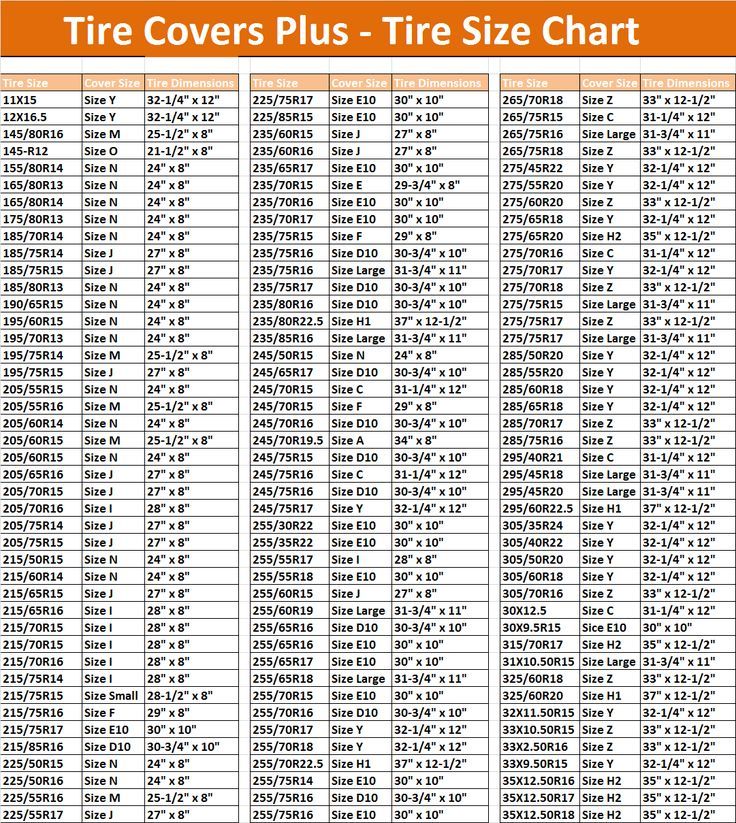 Observe tire load capacity recommendations and any other legal restrictions.
Observe tire load capacity recommendations and any other legal restrictions.
Tractor Weight Distribution
The optimal static weight distribution for tractors with Mechanical Front Wheel Drive (MFD) is shown below. Proper static weight distribution and proper wheel slip will give maximum efficiency for traction, maximum productivity and long life for tractor components.
The number and type of front and rear fixed equipment to be used will affect the weight distribution on the front and rear tires. Add or remove ballast, as needed, to your fully equipped tractor to maintain the recommended static weight distribution. When the weight distribution is correct, add ballast if necessary to get the recommended value for wheel slip.
IMPORTANT: Whenever the load condition of the tractor, the weight transmitted by the wheels of the front axle to the road must be at least 20 percent of the empty tractor.
IMPORTANT: The total weight of the tractor with all equipment and ballast weight must never exceed the maximum recommended operating weight. See "Maximum Operating Weights" on page 249 of this manual. Observe tire load capacity recommendations and any other legal restrictions.
See "Maximum Operating Weights" on page 249 of this manual. Observe tire load capacity recommendations and any other legal restrictions.
See the following examples for recommended static weight distribution for your tractor.
tractors with a two -wheel drive (2WD)
| Type of trailer gun | %, front axis | %, rear axle |
| TOCAMENCE -TOCEN | 25% | 75% |
| %, rear axle | ||
| 40% | 60% |
Mass distribution coefficients are based on the total weight of the fully equipped tractor in the front of the end) at the rear end and liquid ballast in the tires can be used to ballast your tractor.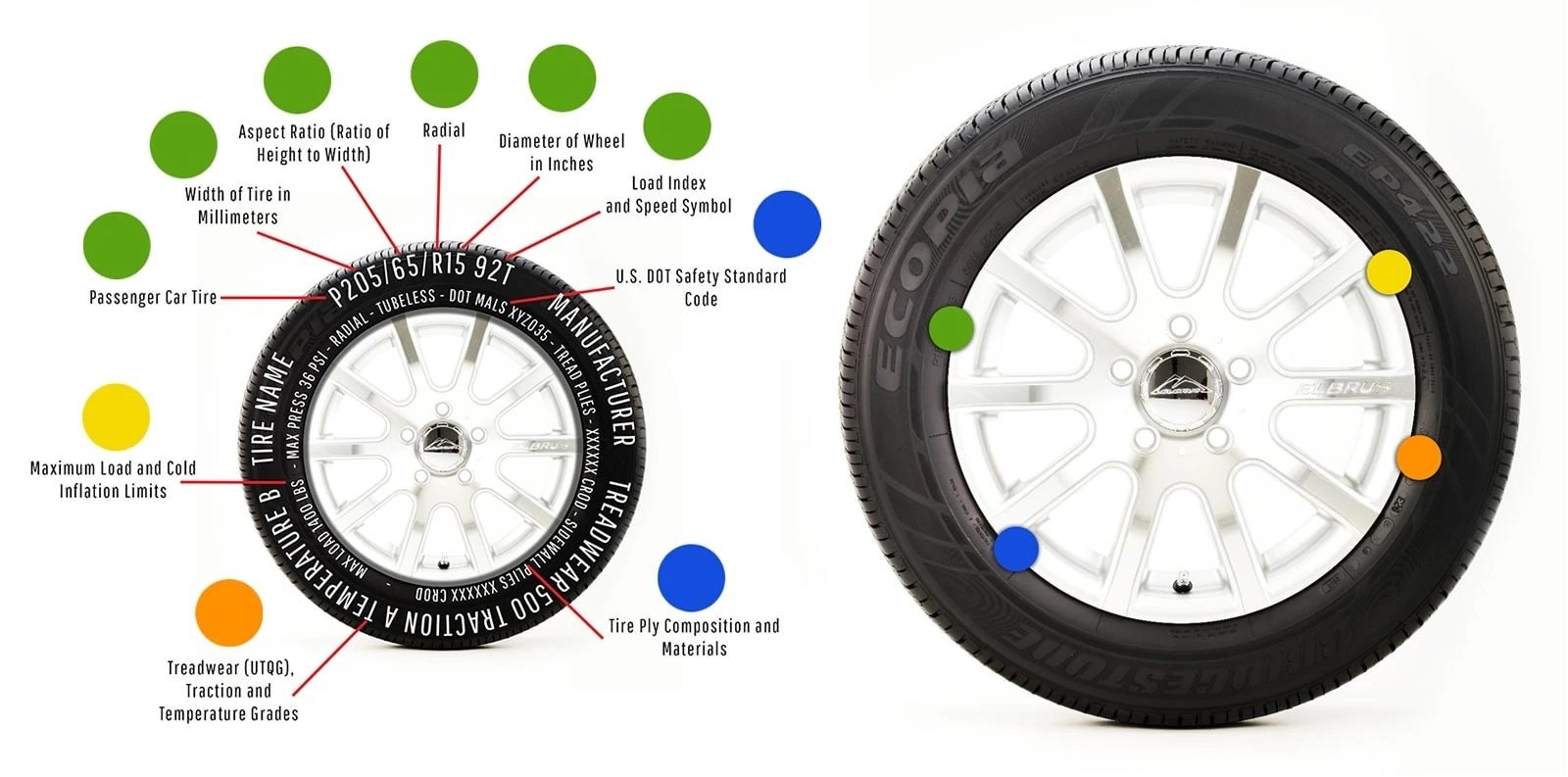 Local operating conditions will determine the amount of ballast required to maximize tractor operating efficiency and field performance. Inadequate traction and excessive wheel slip can waste up to thirty percent of the tractor's horsepower.
Local operating conditions will determine the amount of ballast required to maximize tractor operating efficiency and field performance. Inadequate traction and excessive wheel slip can waste up to thirty percent of the tractor's horsepower.
Ideal wheel slip, 9 - 16%
Good ballast weight for your tractor is the weight needed to keep wheel slip between 9 and 16 percent.
NOTE: Probe manufacturer/type may vary as shown in photo above.
A. When actual ground speed sensor is installed (1) - See "Wheel slip indicator" on page 100 for more information.
B. If actual ground speed sensor is not installed - For more information, see Wheel Slip Measurement on the next page.
Do not add more weight than necessary to achieve the correct static weight distribution of the tractor and the correct amount of wheel slip.
IMPORTANT: The total weight of the tractor with all equipment and ballast weight must never exceed the maximum recommended operating weight.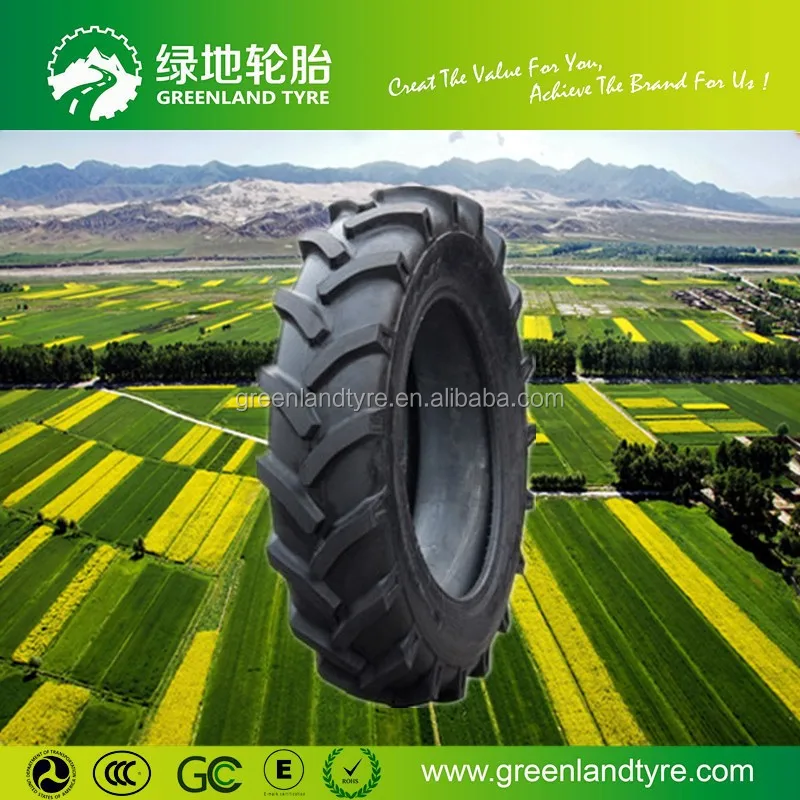 See "Maximum Operating Weights" on page 249this guide. Observe tire load capacity recommendations and any other legal restrictions.
See "Maximum Operating Weights" on page 249this guide. Observe tire load capacity recommendations and any other legal restrictions.
NOTE: Probe manufacturer/type may vary as shown in photo above.
A. If actual ground speed sensor is installed (1) - See "Wheel slip indicator" on page 100 for more information.
B. If actual ground speed sensor is not installed - For more information For more information, see "Measuring wheel slip" on the next page.
Do not add more weight than necessary to achieve the correct static weight distribution of the tractor and the correct amount of wheel slip.
IMPORTANT: The total weight of the tractor with all equipment and ballast weight must never exceed the maximum recommended operating weight. See "Maximum Operating Weights" on page 249 of this manual. Observe tire load capacity recommendations and any other legal restrictions.
Wheel slip measurement
For tractors equipped with an actual ground speed sensor, see "Wheel slip indicator" on page 100 for instructions.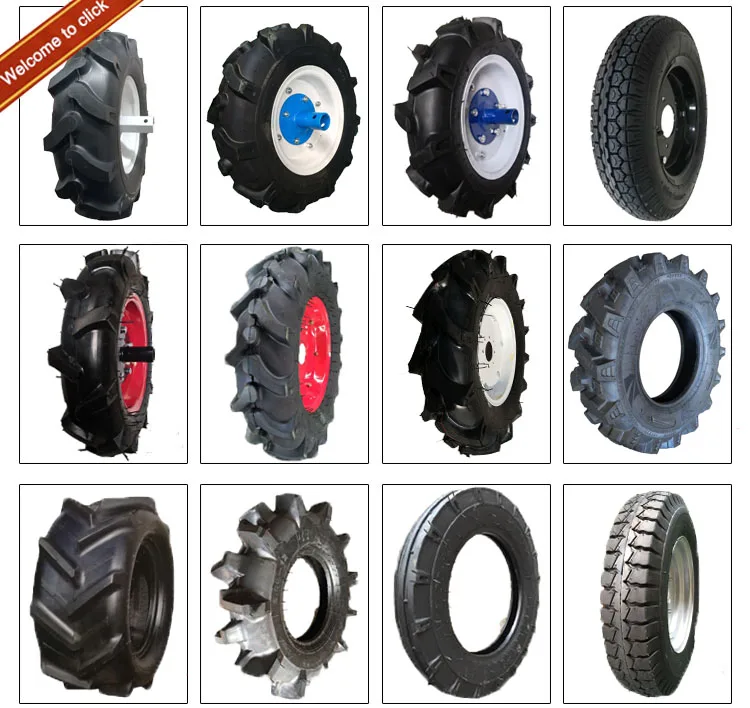 If your tractor is not equipped with an Actual Ground Speed Sensor, measure wheel slip as follows with the assistance of a second person:
If your tractor is not equipped with an Actual Ground Speed Sensor, measure wheel slip as follows with the assistance of a second person:
STEP 1
Place a test mark on the side of the tractor rear wheel tire.
STEP 2
Operate tractor with implement in GROUND.
STEP 3
While the tractor is moving, place a marker on the soil (on the outside of the width of the trailed implement) where the reference mark on the tire comes to the lowest point in relation to the soil.
STEP 4
Continue along the path with the tractor and count ten wheel revolutions. Place a second marker on the soil (on the outside of the width of the trailer implement) at the point where the reference mark on the tire drops to the bottom of the soil for the TENTH time.
STEP 5
Raise the implement out of the ground. Move the tractor to a position where the rear tire is next to the first soil marker and place a new reference marker on the rear tire in line with the first soil marker.![]()
STEP 6
Operate the tractor, with implement RAISED, to travel from the first marker on the ground to the second marker on the ground. Count the number of wheel revolutions between these two markers on the ground.
Stage 7
Find the sliding percentage as follows:
| The number of rpm of the wheel with a hinged gun is raised |
| |
| 9-1/2 9000 | 9001 9000 9 | |
|
| 10 | |
| 8-1/2 | 15 | |
| 8 9000 | 20 | |
| 7-1/2 | 25 | |
| 7 | 30,0005 |
CLASS INSTALLICA you will see a clear shape of the tire tread on the soil, which is an indication that there is no slip.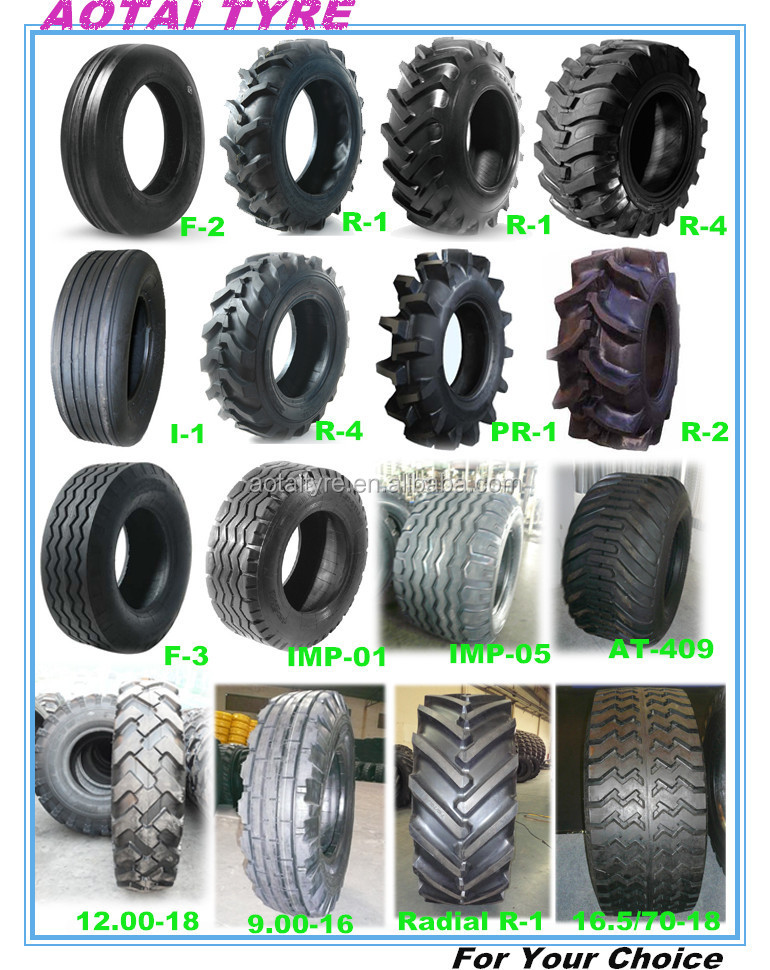 In the case of very little ballast, the tire tread marks will not be visible due to tire slip.
In the case of very little ballast, the tire tread marks will not be visible due to tire slip.
Front end weights (if fitted)
Front end weights can be attached to the tractor using the weight frame. Weights and a weight frame are available from your dealer. The cargo frame is equipped with weights, the number of which reaches up to 9, or up to 6. There is also a cargo with an earring. Each weight weighs 45 kg (100 pounds), the weight with the earring weighs 100 kg (220 pounds).
Use front end weights when you need good steering control and front end stability, and when you want to get the best working efficiency and performance from your tractor. See Tractor Weight Distribution on page 159 for recommendations on ballasting procedures.this guide.
IMPORTANT: The total weight of the tractor with all equipment and ballast weight must never exceed the maximum recommended operating weight. See "Maximum Operating Weights" on page 249 of this manual. Follow the recommendations for tire capacity, as well as any other possible restrictions established by law.
Follow the recommendations for tire capacity, as well as any other possible restrictions established by law.
Installing front end weights
STEP 1
Park the tractor on hard, level ground, apply the parking brake and stop the engine.
STEP 2
If a clevis weight (2) is to be installed, fit the clevis weight and head pin with cotter pin (3). Make sure the stopper of this pin (A) is installed correctly in the top hole (B) of the head pin with cotter pin hole (3).
STEP 3
Hang one weight (4) on the hook so that it is over the top ledge of the weight frame (1) towards the outer edge (as shown in the photo above).
STEP 4
Move the weight (4) towards the center of the frame (1), next to the weight with clevis (2) (if provided), or move until it is against the lug (D) located on the weight frame (1). The lower part of the weight (4) will lock behind the lug (E) located in the center of the weight frame (1).
Repeat STEP 4 place the second weight on the outside of the clevis weight (2) or lug (D) on the weight frame.
IMPORTANT: If the eyelet weight (2) is NOT to be installed, the minimum number of weights (4) that can be installed is TWO, one on each side of the lug (D) found on the weight frame (1). The protrusion on one weight (4) must fit into the cavity (C) present in the weight previously installed in STEP 4.
STEP 6
Continue installing weights (4) evenly on each side until the required cargo set. The protrusion (F) on each weight will interconnect by inserting into the previously installed weight.
STEP 7
Install the mounting pin (5) inserted into the holes provided in the weight set and install the threaded plate (6).
Make sure the threaded connections are fully seated in the plate and that the plate fits correctly into the recess made in the outer weight (4). Install washer (7) and nut (8) on opposite end of stud (5). Tighten the nut.
Tighten the nut.
STEP 8
If shorter studs (6) are used, install a stud on each side and use two plates (5) as shown.
STEP 9
If a small number of weights are to be installed, install and tighten the appropriate bolt through the weights into the threaded plate. Make sure the screwed plate fits into the recess provided in the weight.
Rear Wheel Load Ballast Weights
Rear Wheel Load Weights, depending on market, available from your dealer. Two types of weights can be attached to the wheels of the CX series tractor. There are HALF TYPE weights (consisting of two halves), weighing 34 kg (75 lbs) per pair, or SOLID TYPE, weighing 54.5 kg (120 lbs). They can attach to wheels up to 42 inches in diameter.
TWO BALLAST WEIGHT
SOLID TYPE BALLAST WEIGHT
Use wheel weights when the tractor is required to operate safely and efficiently. Do not add more weight to the rear wheels of your tractor than is required to achieve the correct static weight distribution of the tractor and the correct amount of wheel slip.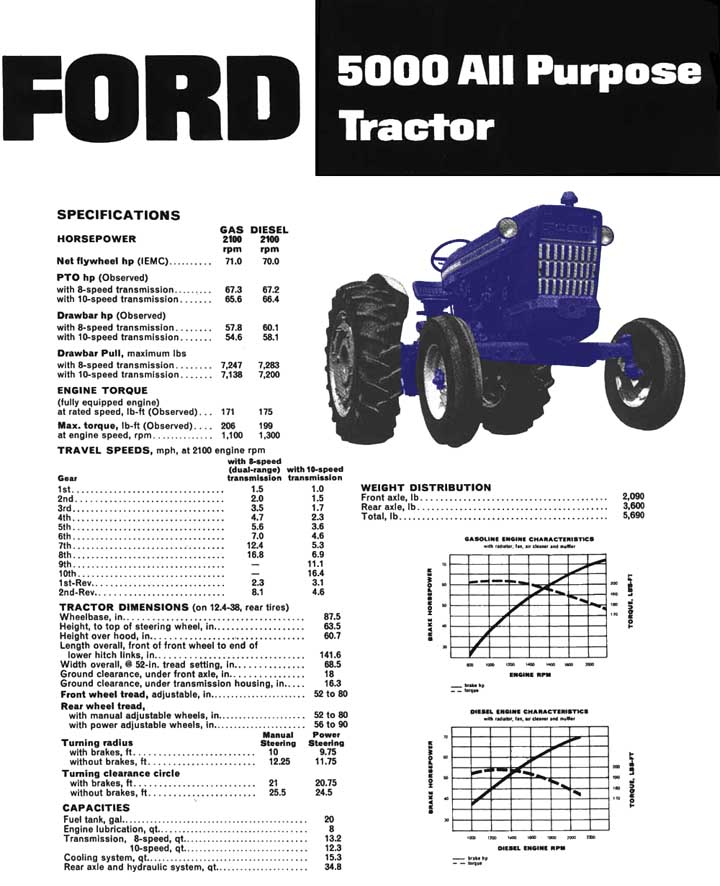
Refer to Tractor Weight Distribution on page 159 for recommendations on ballasting procedures.this guide.
IMPORTANT: Raise the rear wheels off the ground and rotate the wheels 180 degrees for each set weight, changing the position of each weight to get the correct balance alignment. A maximum of 3 weights per wheel can be used. These 3 weights can be mounted on the inside or outside of the wheels.
IMPORTANT INFORMATION: Gr ties can only be attached on the inside or on the outside, not both. The inner weights must not extend over the cast axle housing.
IMPORTANT: Wheel weights CANNOT be used when dual wheels are fitted. Liquid weights can only be added to the inner wheel. In addition, weights can also be installed at the front end.
IMPORTANT: The total weight of the tractor with all equipment and ballast weight must never exceed the maximum recommended operating weight. See "Maximum Operating Weights" on page 249this guide. Observe tire load capacity recommendations and any other legal restrictions.
See "Maximum Operating Weights" on page 249this guide. Observe tire load capacity recommendations and any other legal restrictions.
Liquid Tire Ballast
Use Liquid Tire Ballast when tractor operation is required to be safe and efficient. See Tractor Weight Distribution on page 159 of this manual for recommendations. The table shows the liquid ballast that will be contained inside each tire when it is 75 percent full (the ballast is filled to the level of the tire valve) with water or a solution of calcium chloride with water.
Calcium chloride prevents water from freezing. Water starts to freeze at 0°C (32°F).
When using liquid ballast, inflate tires 0.14 bar (2 psi) above recommended pressure. This will compensate for the aeration that occurs when the tire is in motion.
When twin wheels are fitted, use liquid ballast on the inner wheels only.
IMPORTANT: The total weight of the tractor with all equipment and ballast weight must never exceed the maximum recommended operating weight.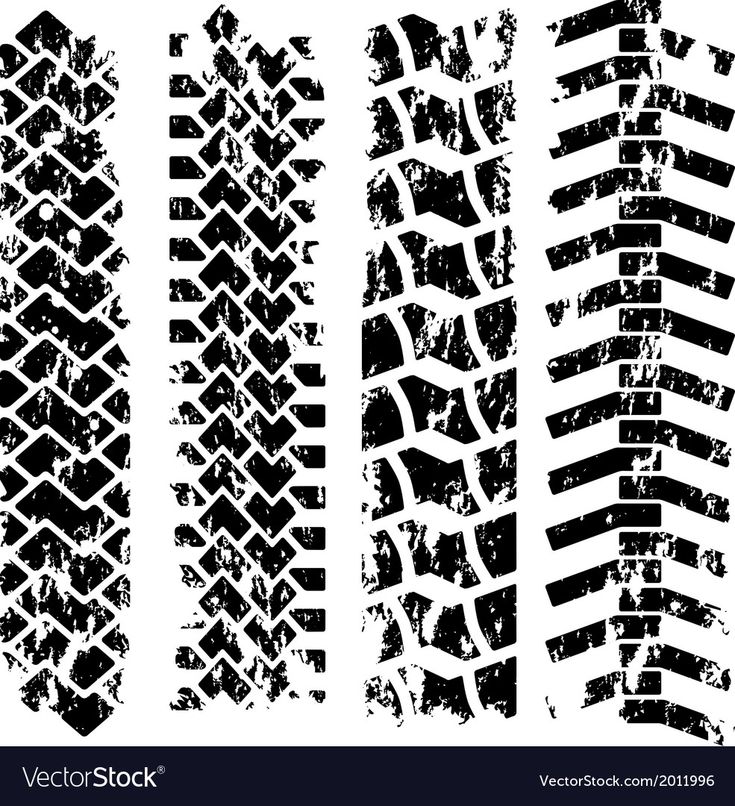 See "Maximum Operating Weights" on page 249this guide. Observe tire load capacity recommendations and any other legal restrictions.
See "Maximum Operating Weights" on page 249this guide. Observe tire load capacity recommendations and any other legal restrictions.
| The number of liquid ballast per tire is in liters and kilograms | |||||||||
| Size of tire | only water | 1 kg CAS1 2 905 9,000 1.6 kg CaCl 2 for 4.5 liters of water | 2.3 kg CaCl | ВЕС, кг | ВОДЫ | кг | |||
| 11.2-24 | 91 | 91 | 83 | 103 | 76 | 107 | 72 | 115 | |
| 12. | 113 | 113 | 0061 132 | 98 | 140 | 95 | 151 | ||
| 13.6-24 | 144 | 144 | 129 | 160 | 121 | 172 |
| 181 | |
| 18.4-26 | 299 | 299 | 276 | 342 | 257 | 365 | 242 | 387 | |
| 14. | 182 | 182 | 163 | 205 | 154 | 216 900 900 | 145 | 232 | |
| 14.9R30/14.9-30 | 189 | 189 | 163 | 205 | 154 | 216 | 145 | 232 | |
| 16.9R30/16.9-30 | 277 | 277 9000 | 254 | 315 | 236 | 339 | 227 | 357 | |
| 18. | 336 | 336 | 309 | 384 | 290 | 414 | 272 | 436 9000 9000 9000 | |
| 0062 12.4R32/12.4-32 | 131 | 131 | 122 | 154 | 118 | 165 | 113 | 181 | |
| 16.0062 376 | 250 | 402 | |||||||
| 18.4R34/18.4-34 | 378 | 378 | 344 | 427 | 322 | 456 | 306 | 490 | |
| 12. | 140 | 140 9000 | 0061 154 | 118 | 165 | 113 | 181 | ||
| 13.6R36/13.6-36 | 182 | 182 | 163 | 205 | 154 | 216 | 145 | 232 9000 9000 | |
| 13.6R38/13.6-38 | 213 | 213 | 195 | 244 | 186 | 264 | 172 | 280 | |
1. Water will freeze at 0°C (32°F).
Water will freeze at 0°C (32°F).
2. A solution containing 0.91 (2 lb) calcium chloride solution per 4.5 liters (1.2 US gal) of water will provide protection down to -8°C (+13°F) and will freeze at -31°C (-23°F).
3. A solution containing 1.59 (3.5 lbs) of calcium chloride per 4.5 liters (1.2 US gal) of water will provide protection down to -26°C (-12°F) and will freeze at -47°C (-52°F).
4. A solution containing 2.27 (5 lbs) of calcium chloride per 4.5 liters (1.2 US gal) of water will provide protection down to -47°C (-52°F) and will freeze at temperature -54°C (-62°F).
5. 4.5 liters (1.2 US gal) of water weighs 4.5 kg (10 lbs).
NOTE: DO NOT use radiator type antifreeze in tires.
Filling procedure
STEP 1 (mixing solution)
Add the correct amount of calcium chloride to the correct amount of water, see the previous table to ensure the required degree of frost protection.
WARNING: SLOWLY add calcium chloride to the water, stirring continuously.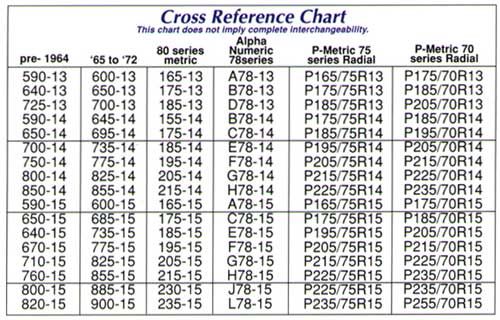 NEVER ADD WATER TO CALCIUM CHLORIDE. If this is done, a violent reaction will occur. With proper mixing, the temperature of the solution will rise. Allow the solution to cool before adding to the tire. For details of the procedure, contact your authorized dealer.
NEVER ADD WATER TO CALCIUM CHLORIDE. If this is done, a violent reaction will occur. With proper mixing, the temperature of the solution will rise. Allow the solution to cool before adding to the tire. For details of the procedure, contact your authorized dealer.
STAGE 2
Raise one side of the tractor and turn the wheel so that the tire valve is at the top, see illustration opposite.
STEP 3
Remove the tire valve stem and attach the hand pump.
STEP 4
Measure the amount of solution added to the tire and use the numbers in the previous tables to calculate the added weight.
STEP 5
When sufficient weight has been added, remove pump, insert valve stem, inflate tire to correct pressure.
NOTE: When using liquid ballast, inflate tires 0.14 bar (2 psi) above recommended pressure. This will compensate for the aeration that occurs when the tire is in motion.
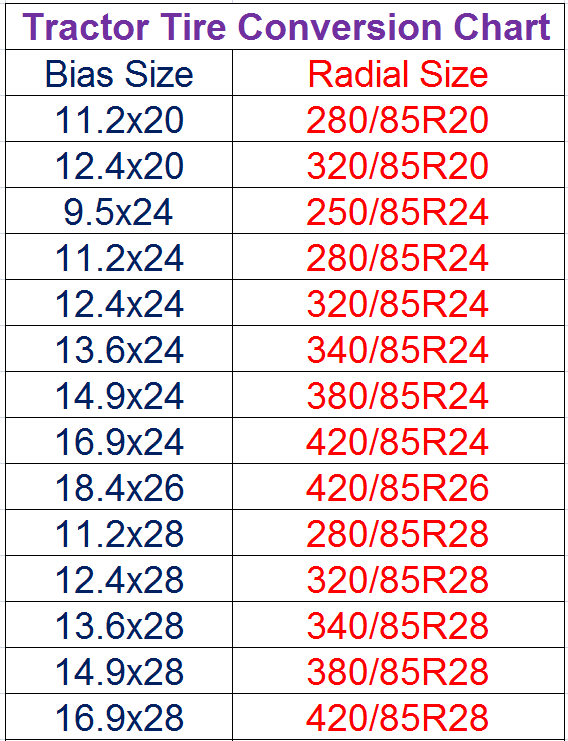 Manual
Manual 435/485/535
6-3
Section 6 - Specifications
Overall Width / Wheel Rim Width
3 Overall Width1104
The overall width of the tractor will depend on the tire size selected. Single, twin or
triple tire configuration will also affect the width of the machine. The following table shows in detail
the overall width for tractor models 435,485 and 535 in accordance with the tire size
and their configuration. The width in this case refers to the distance between the outer sides of the
outer tires.
3180 mm
4351 mm
5910
650/65 R42 R1W Radial
3180 mm
4376 mm
5935
650/85 R38 R1W Radial
9000 mm 9000 mm 9000 mm 9000 mm 9000 mm 9000 mm 9000 mm 9000 mm 9000 mm 9000 mm 9000 mm 9000 mm 9000 mm 9000 mm 9000 mm 9000 mm 9000 mm 9000 mm 9000 mm
710/70 R38 R1W Radial
3180 mm
4689 mm
N/A
710/70 R42 R1W Radial
3180 mm
4720 mm
N/A
800/70 R38 RADIAL 9000
3230 mm
5118 mm
N/A
850/60 R38 Radial
3332 mm
5299 mm
N/A
900/50 R42 R1W Radial
3429 mm
5485 mm
N/A
N/AWheel rim width
The wheel rim width will depend on the selected tire size.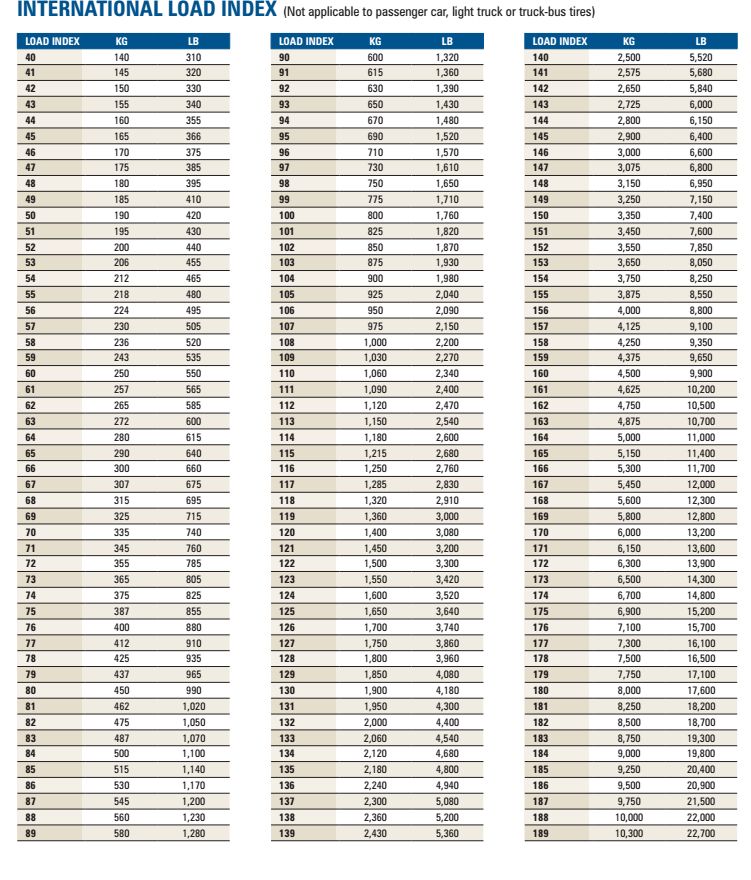 Single, twin or triple
Single, twin or triple
tire configuration will also affect wheel rim width. The following table details the
overall width for tractor models 435, 485 and 535 according to tire size and there are 9 of them0005
configuration. The wheel rim width is shown from the center of the inner wheel to the center of the inner wheel
and from the center of the outer wheel to the center of the outer wheel. (As well as from the center of the middle wheel to the center
of the average wheel when using triple wheels.)
The size of the tire
Wheel width
(to the axis of the tires)
The only
sd.
Broken
20 .8 R42 R1W Radial
2049 mm
3447 mm
4845
520/85 R42 R1W Radial
2049 mm
3447 mm 9000,0002 484000 520/85 R1W Radial
2048 mm
3454 mm
4860
620/70 R42 R1W Radial
2154 mm
3726 mm
5298
650/65 R42 R1W Radial
2154 mm 9000 mm 9000 mm 9000 mm0005
5298
650/85 R38 R1W Radial
2278 mm
3979 mm
5397
710/70 R38 R1W Radial
2278 mm
3979 mm
N/A Radial
2166 mm
4004 mm
N/A
800/70 R38 R1W Radial
2240 mm
4240 mm
N/A
850/60 R38 Radial 9000
23505
4450 4450 mm 4450 mm
N/A
900/50 R42 R1W Radial
2400 mm
4460 mm
N/A
6-4
435/485/535
The turning angle
Diameter of the rotation circle is measured from the center of the front axis and shows the distance, on which
will advance the tractor with each revolution of the wheel.
The turning circle
depends only on the steering angle of the wheel and is not related to the size of the tires and their configuration.
Angle of rotation
42°. . . . . . . . . . . . . . . 10.0 m
38° . . . . . . . . . . . . . . 11.19 m
33° . . . . . . . . . . . . . . 11.33 m
Maximum Tractor Weight
This table shows the maximum allowable weight for each tractor model.
ballast. In order to calculate the transport weight of the tractor, use the corresponding
load values on the front and rear axles, as well as the value of its total weight, which are given in
the following tables (A-F). After the transport weight of the tractor is set, you can add liquid ballast
and bring the air pressure in the tires to the required level. See Section 3
“Ballasting”.
For example: Tractor model 485 with 1407 Twindisc gearbox without power interruption,
9130
4821
13592
B
2428
2428
4857
C
N/A
N/A
N/A
D
300
168
453
E
52
38
91
F
184
133
317
Total
12094
7588
Note: Weight indicated in the A-Fs, is an eating table.